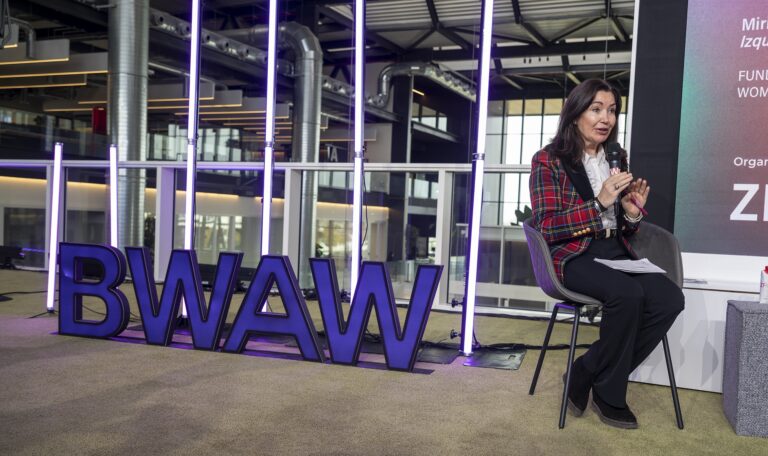Digitalized and connected industry

Blog industria 4.0
19 de September de 2023
The digitalized and connected industry, also called industry 4.0, is part of the fourth industrial revolution and involves a cultural and qualitative change of great proportions.
We are talking about digitizing processes, functions and operations both internal (administrative, logistical or maintenance processes) and external along the entire value chain (automated exchange of information on orders with suppliers and clients). Additionally, it is also about evolving the products with new functionalities based on their sensorization and digitization and especially the creation of new services based on data.
Connectivity is the central element of the industry’s digitization process. But also it poses challenges and generates opportunities for the industrial sector that will have to adapt its processes, products and business models.
What are the axes on which Industry 4.O is supported?
- Internet of Things. It allows any object to be connected, through the network, facilitating autonomous intelligence in processes and activities. Today, only 1% of things are connected and it is expected that in 2020 there will be more than 50.000 million objects connected thanks to sensors. This will changeradically the products and services offered, and also the way of working of the companies. The Internet of Things entails significant improvements in efficiency, productivity, quality and security thanks to real-time monitoring and management of objects and people. And it makes possible functions such as traceability, predictive maintenance or energy efficiency.
- Cloud Computing or computing in the cloud. It allows the provision of hardware and software resources, in the form of a service, through the network, in real time. In other words, it makes the most advanced technology accessible to all companies and industriesregardless of its size.
- Big Data. Its application ranges from the analysis of customer preferences, to production adjustments according to the analyzed predictions and predictive maintenance.
- Robotics and automation. They are already implanted in the industry, but they are evolving with. integration of intelligence. For example, virtual reality systems allow simulating environments in which the user interacts and facilitates, for example, learning. For their part, drones and unmanned vehiclesthey will allow new applications, still incipient.
- 3D printing. This technology is radically changing production processes, reducing prices and launch times, facilitating customization, the creation of rapid prototypes and an infinity of industrial applications, until recently unimaginable.



